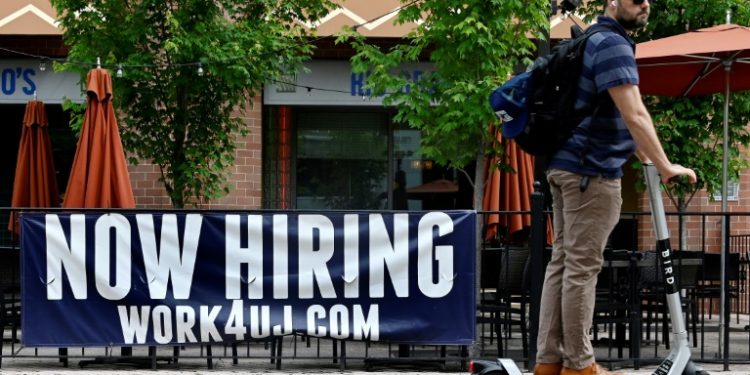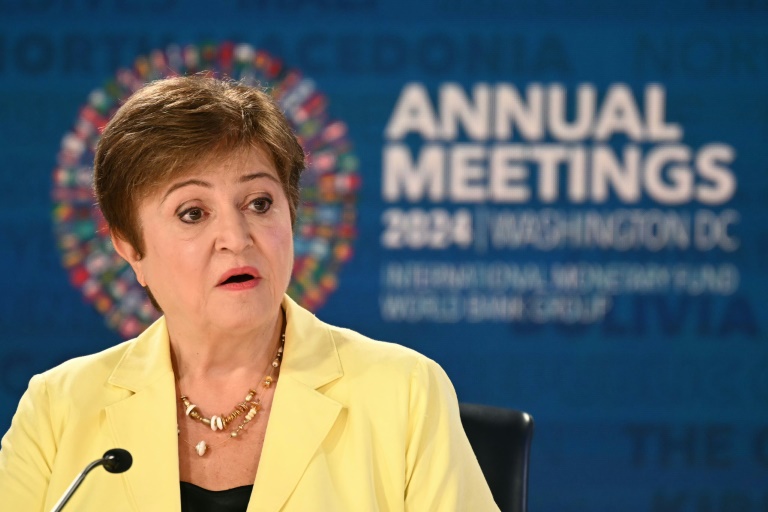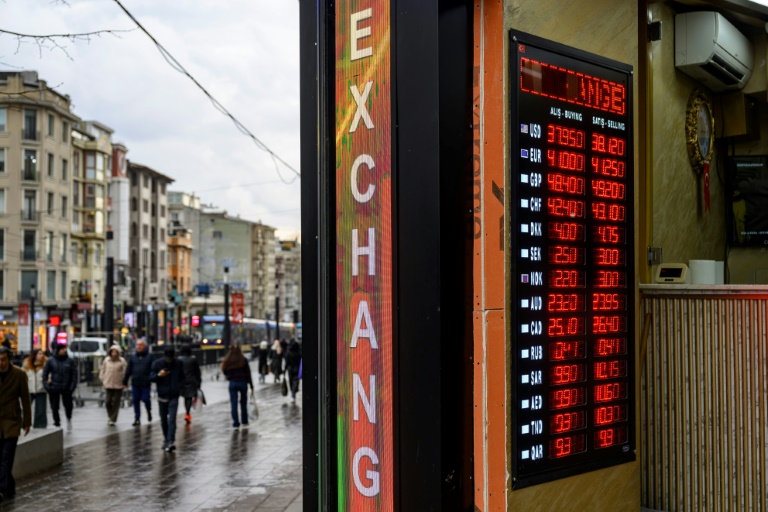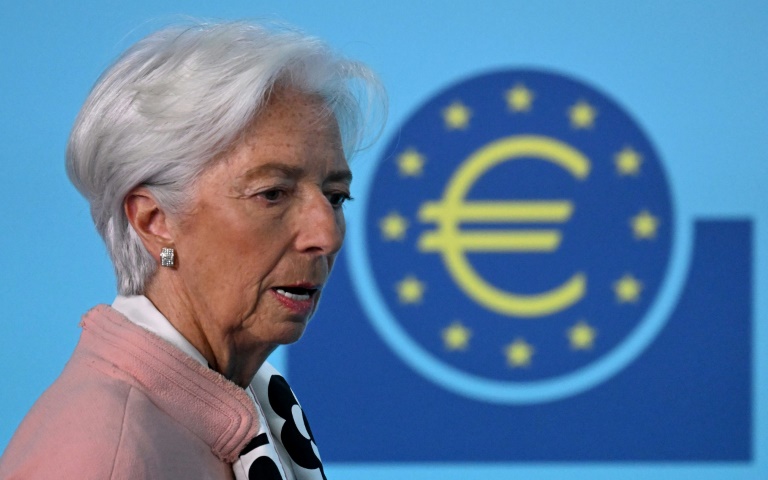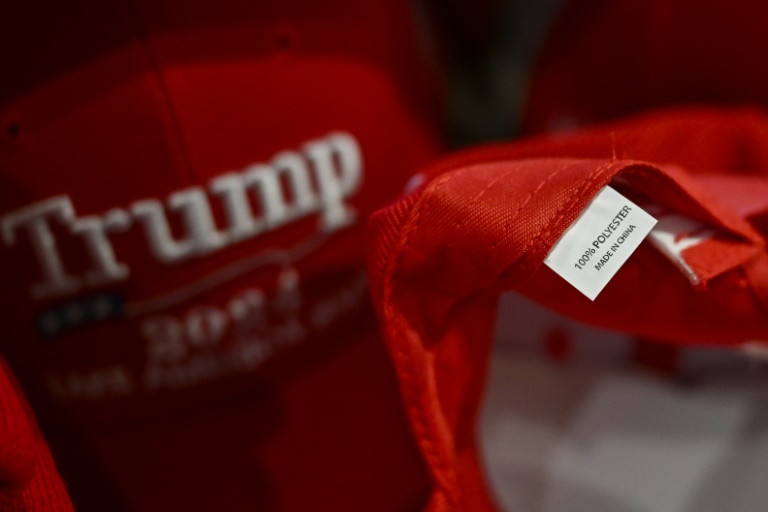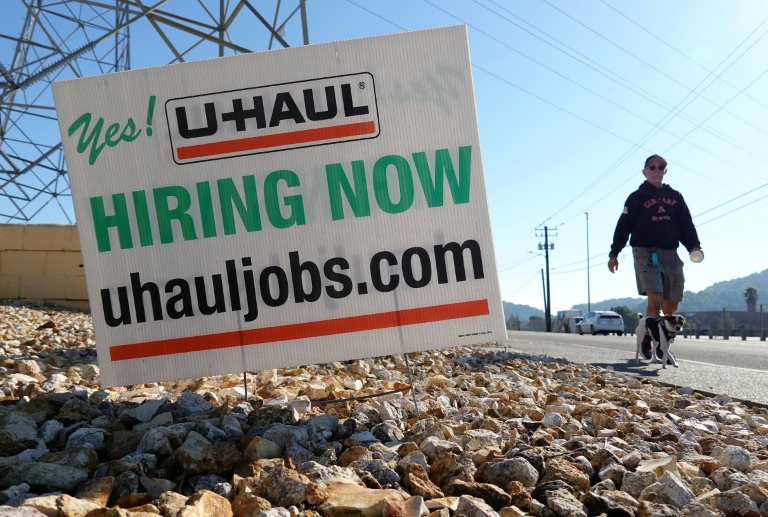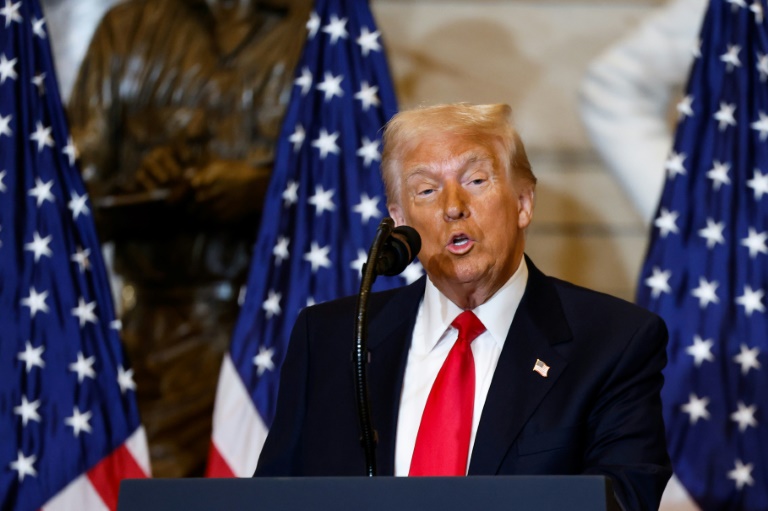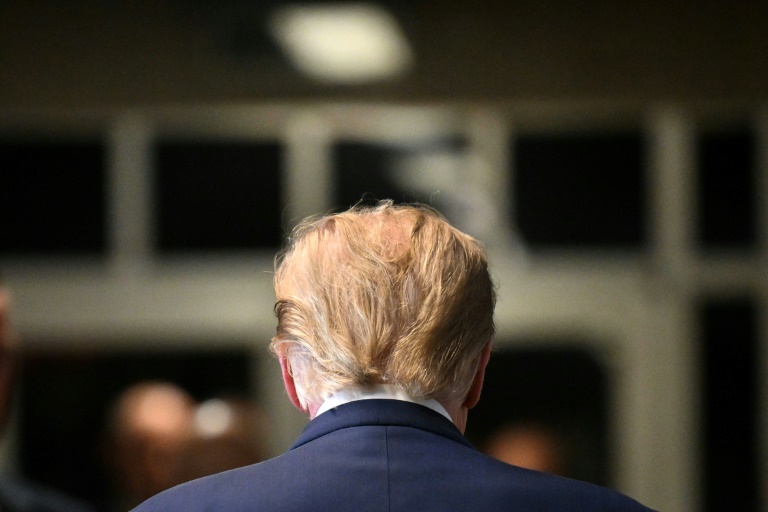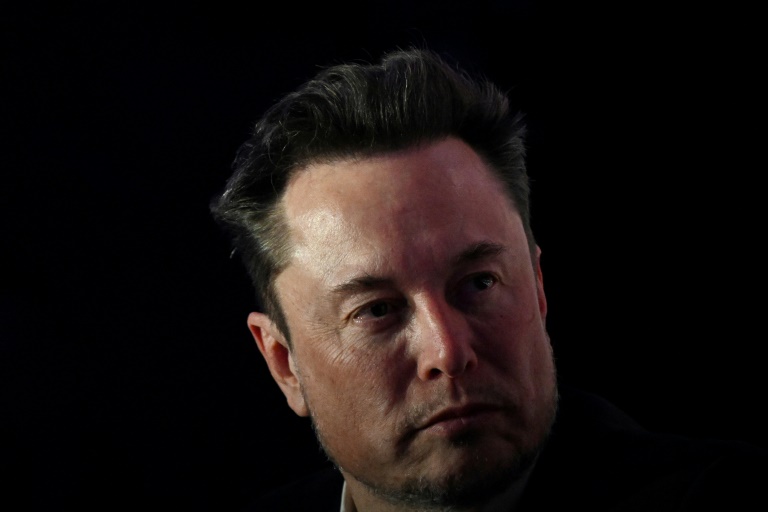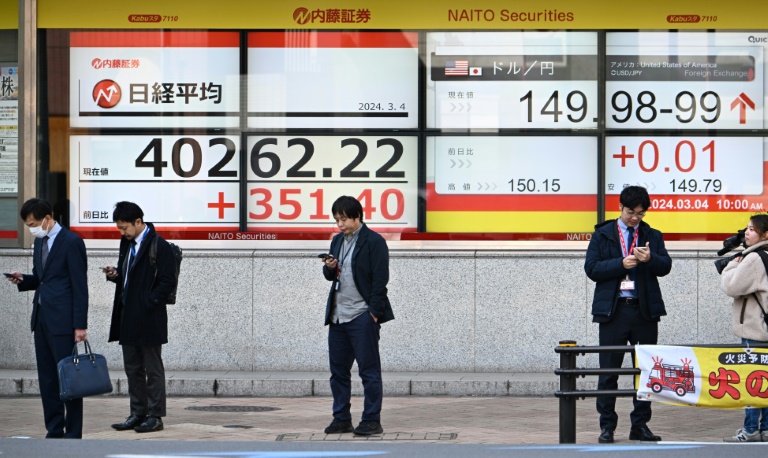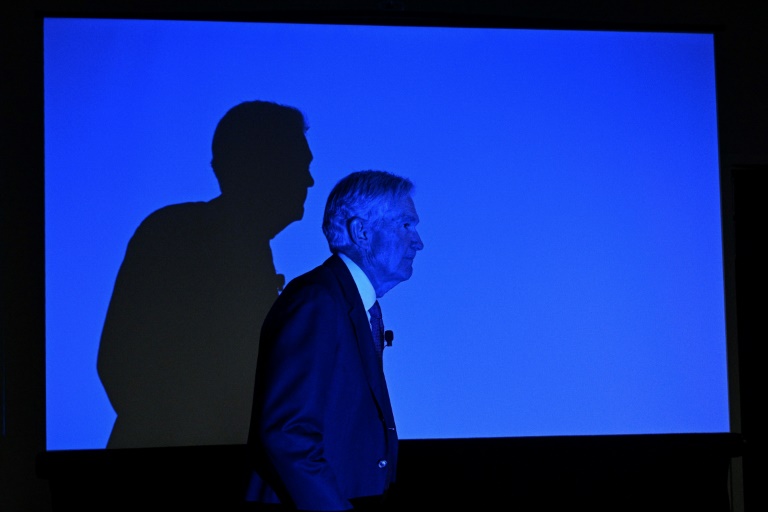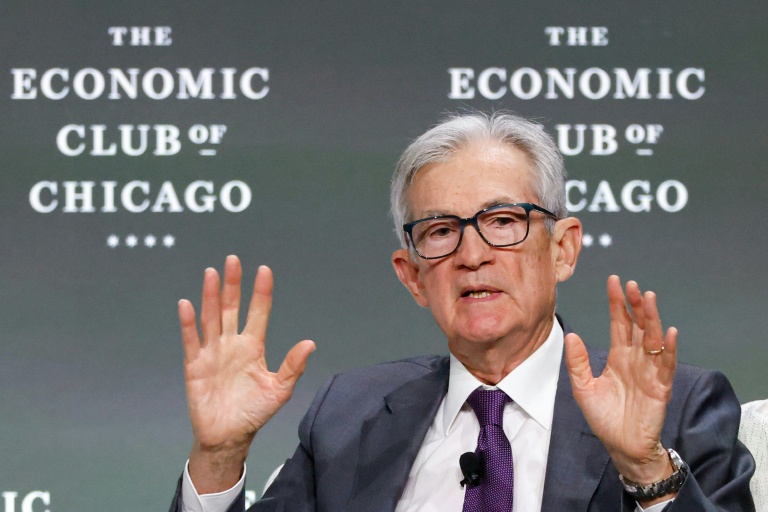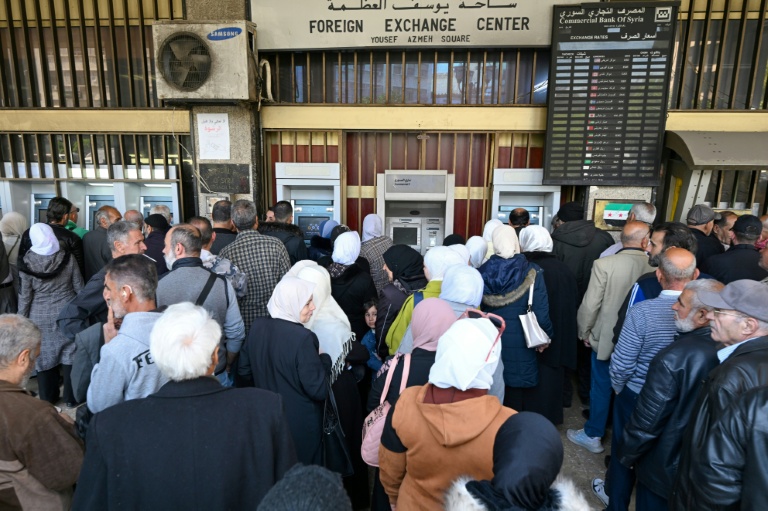Washington (AFP) – The United States added fewer jobs than expected in January, although hiring remained healthy, government data showed Friday, marking resilience in the labor market heading into President Donald Trump’s new term. There was severe winter weather during the month and devastating fires in California, which the Labor Department said did not have a clear impact on national figures, even though analysts warned they likely showed up in the details. Looking ahead, heightened tariff risks and plans for slowing immigration under Trump may also give businesses some pause as they mull further hiring, economists said.
Total employment rose by 143,000 jobs last month, according to the Labor Department, significantly lower than the revised 307,000 figure in December. The January number was also below an analyst consensus estimate of 155,000, according to Briefing.com. Meanwhile, the jobless rate edged down to 4.0 percent from 4.1 percent, beating analyst expectations. Wage growth was better than analysts expected, accelerating to 0.5 percent, the report showed. The data added to signs that the US economy remained in good shape heading into Trump’s second term, which began on January 20, analysts noted.
White House Press Secretary Karoline Leavitt, however, said the report showed the economy under predecessor Joe Biden was “far worse than anyone thought, and underscores the necessity” of Trump’s deregulatory agenda. Kevin Hassett, director of the White House National Economic Council, took aim at downward revisions to last year’s figures in the latest update, telling media that the Trump administration has “a lot of work to do.” In a note, Nationwide chief economist Kathy Bostjancic said annual employment revisions were “larger than usual” but not unexpected.
“Taken together, December and January payroll figures paint a strong picture of the economy,” added Carl Weinberg and Mary Chen of High Frequency Economics. They said they expect that with these figures, the US central bank would not be in a rush to cut interest rates. KPMG chief economist Diane Swonk noted that revisions to data suggested the first half of last year was weaker than the second, reassuring the Federal Reserve that its recent decision to hold rates steady was justified. “Payrolls held up better than expected in the wake of the fires in California, although the disaster did leave an imprint on the data,” she added in a note, pointing to a hit in the leisure and hospitality sector.
Sectors like health care, retail trade, and social assistance saw job gains, the Labor Department said, while employment declined in industries like mining, alongside oil and gas.
– ‘Wildcard’ –
“Trade policy will likely be the biggest wildcard for 2025,” said EY senior economist Lydia Boussour in a note. “Steep tariffs and heightened policy uncertainty could push businesses to increasingly adopt wait-and-see behaviors and pull back on hiring,” she warned. This could lead to a more significant slowdown in hiring, weaker incomes, and restrained consumer spending, she said. Over the past weekend, Trump unveiled—and then paused—25 percent tariffs on major US trading partners Canada and Mexico, which included a lower rate for Canadian energy imports. But an additional 10 percent levy on Chinese imports, alongside a suspension of duty-free exemptions for low-value goods, came into effect on Tuesday, triggering Beijing’s announcement of retaliation.
Trump has also threatened tariffs on the European Union and signaled he could target imports in sectors including semiconductors. Ger Doyle, US country manager at ManpowerGroup, added in a note that “2025 is shaping up to be another year of significant changes.” “Our real-time data show total open job postings declined three percent, indicating a slight contraction in overall job demand,” he said.
© 2024 AFP

